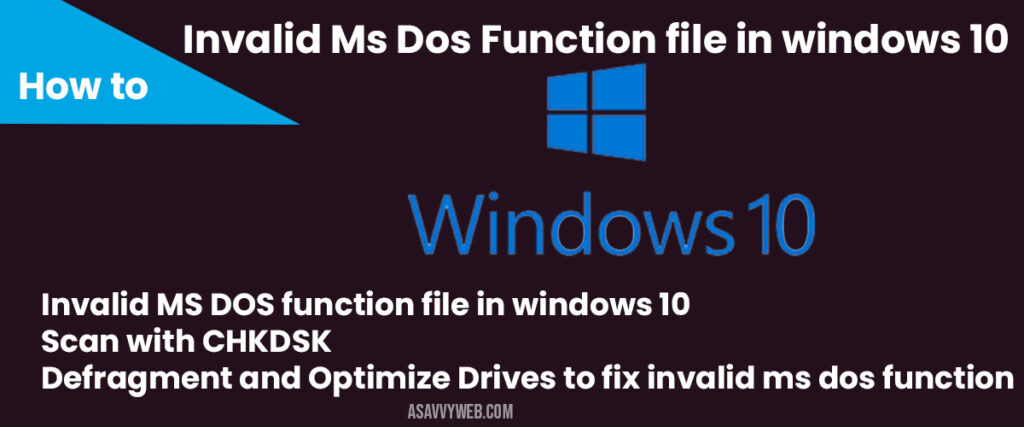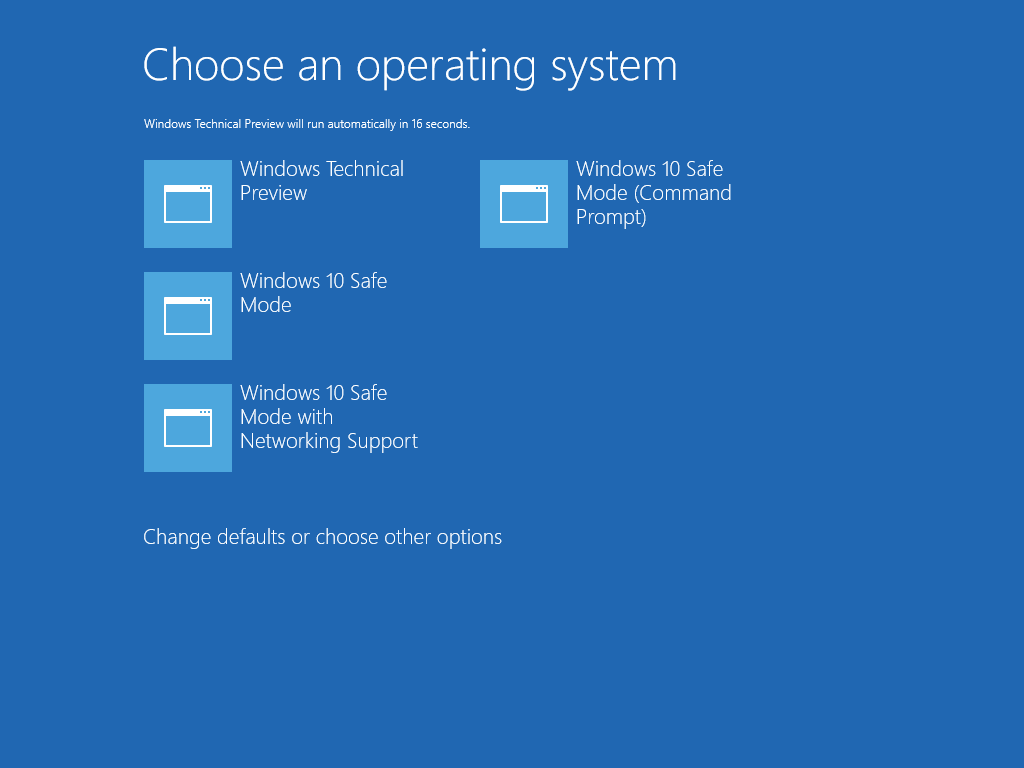
From there, you need to simply copy the shortcut file to the Startup folder. A folder window should appear, named Startup.Once you’ve found the shortcut, press the Windows and R key at the same time, then type shell:startup and hit Enter.

Another way to do this is by hitting the Windows key and type the name of the app -> right-click on the application -> then select Open file location. Remember, we are looking for the shortcut file instead of the executable program itself. To do this, you can often easily locate it on the desktop.


Afterward, you should see a list of start-up apps that are currently enabled/disabled, along with the degree of impact it has on the PC’s performance. Hit the Windows key on your keyboard then type startup.First, we will discuss how to disable these start-up apps. To at least mitigate the effect, you can opt to either disable some of the start-up programs or replace them with other applications that are more light-weight.


 0 kommentar(er)
0 kommentar(er)
